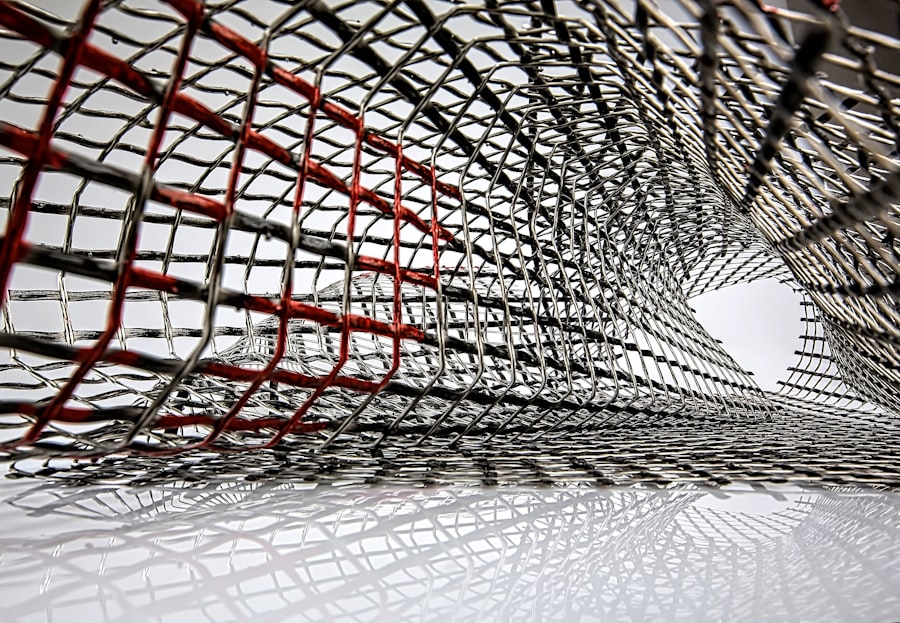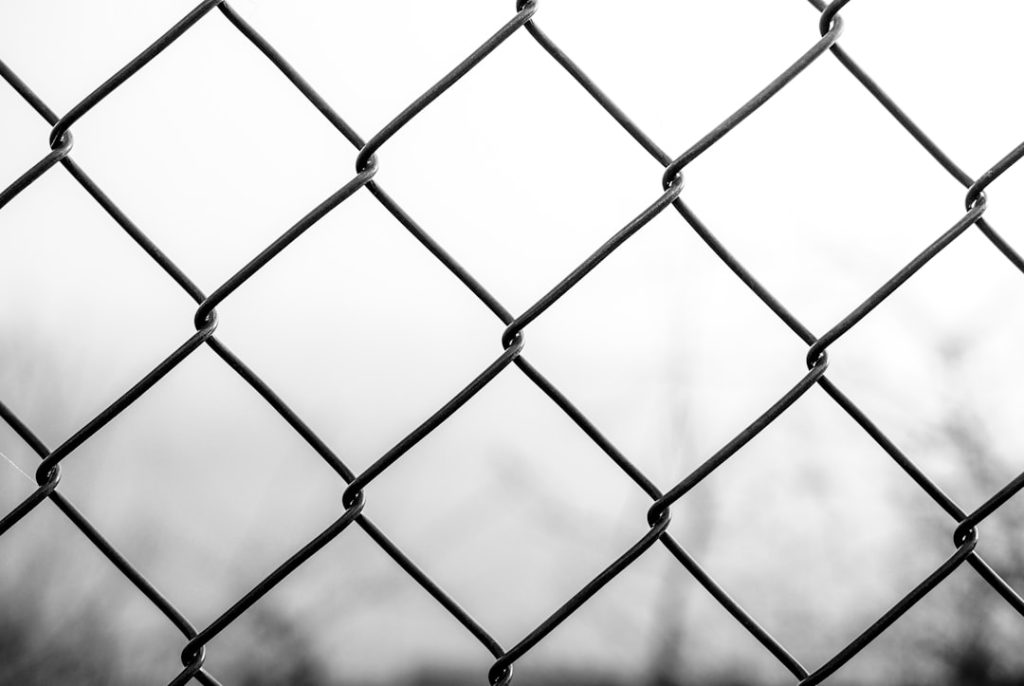Quail breeding is a popular practice among farmers and hobbyists due to the small size of the birds and their relatively low maintenance requirements. Before embarking on a quail breeding project, it is important to understand the basics of quail breeding. Quails are small ground-dwelling birds that are known for their fast growth and high egg production. They are also relatively easy to care for and can thrive in a variety of environments.
When it comes to breeding quails, it is important to consider the ratio of males to females in the breeding group. A good rule of thumb is to have one male for every four to six females to ensure successful breeding and minimize aggression among the birds. Additionally, it is important to provide the quails with a suitable breeding environment that includes nesting areas, feed, and water. Quails are known for their ability to lay eggs in large quantities, so it is important to have a plan in place for collecting and incubating the eggs to ensure a healthy and productive breeding program.
In order to successfully breed quails, it is important to understand their natural behaviors and instincts. Quails are social birds that thrive in groups, so it is important to provide them with ample space and social interaction. Additionally, quails are ground-dwelling birds that prefer to nest and forage on the ground, so it is important to provide them with a suitable environment that mimics their natural habitat. By understanding the basics of quail breeding and providing the birds with a suitable environment, breeders can ensure a successful and productive breeding program.
Table of Contents
- 1 Choosing the Right Materials for DIY Quail Breeding Cages
- 2 Designing and Building the Quail Breeding Cages
- 3 Setting Up the Quail Breeding Environment
- 4 Managing Quail Breeding Cages for Optimal Results
- 5 Monitoring and Maintaining Quail Breeding Cages
- 6 Troubleshooting Common Issues with DIY Quail Breeding Cages
- 7 FAQs
- 7.1 What are DIY quail breeding cages?
- 7.2 What are the benefits of using DIY quail breeding cages?
- 7.3 What materials are commonly used to build DIY quail breeding cages?
- 7.4 What are some important considerations when building DIY quail breeding cages?
- 7.5 Are there any specific design recommendations for DIY quail breeding cages?
Key Takeaways
- Quail breeding requires understanding of their natural behavior and breeding habits
- Choose materials that are durable, easy to clean, and provide adequate ventilation for DIY quail breeding cages
- Design the cages with enough space for the quails to move around and include nesting areas for breeding
- Set up the breeding environment with proper lighting, temperature control, and access to food and water
- Manage the cages by regularly cleaning, providing proper nutrition, and monitoring the health and behavior of the quails
- Monitor and maintain the cages by regularly checking for any damage, ensuring proper ventilation, and addressing any issues promptly
- Common issues with DIY quail breeding cages include overcrowding, poor ventilation, and inadequate nesting areas
Choosing the Right Materials for DIY Quail Breeding Cages
When it comes to building DIY quail breeding cages, choosing the right materials is crucial for the success of the breeding program. The materials used for building the cages should be durable, easy to clean, and provide a safe and comfortable environment for the quails. One of the most popular materials for building quail breeding cages is wire mesh. Wire mesh is durable, easy to clean, and provides good ventilation for the birds. It is important to choose a wire mesh with small enough gaps to prevent the quails from escaping, but large enough to allow for good airflow.
Another important consideration when choosing materials for DIY quail breeding cages is the flooring. The flooring of the cages should be easy to clean and provide good traction for the quails. Many breeders opt for wire mesh flooring as it allows for easy cleaning and prevents the build-up of waste. However, it is important to provide the quails with areas of solid flooring to give them a break from the wire mesh and prevent foot injuries.
In addition to wire mesh, wood is another popular material for building DIY quail breeding cages. Wood provides a natural and insulating environment for the quails and can be easily customized to fit the specific needs of the breeding program. When using wood for building quail breeding cages, it is important to choose a type of wood that is non-toxic and resistant to moisture and decay. By choosing the right materials for DIY quail breeding cages, breeders can ensure a safe, comfortable, and productive environment for their quails.
Designing and Building the Quail Breeding Cages
Designing and building quail breeding cages requires careful planning and consideration of the specific needs of the quails. The size of the cages will depend on the number of quails being bred, as well as the available space for housing the cages. It is important to provide each quail with ample space to move around and engage in natural behaviors such as nesting, foraging, and dust bathing. A good rule of thumb is to provide at least 1 square foot of space per quail to ensure their comfort and well-being.
When designing and building quail breeding cages, it is important to consider the layout of the cages to maximize space and efficiency. The cages should be designed in a way that allows for easy access for feeding, cleaning, and collecting eggs. Additionally, it is important to consider the placement of nesting boxes, perches, and other enrichment items to provide the quails with a stimulating environment.
In addition to size and layout, it is important to consider the overall structure and durability of the cages. The cages should be built using sturdy materials that can withstand the wear and tear of daily use. Additionally, it is important to consider factors such as ventilation, lighting, and insulation to provide the quails with a comfortable and healthy environment. By carefully designing and building quail breeding cages, breeders can ensure a successful and productive breeding program.
Setting Up the Quail Breeding Environment
Setting up the quail breeding environment is an important step in ensuring the success of the breeding program. The environment should be designed to meet the specific needs of the quails and provide them with a safe, comfortable, and stimulating space to thrive. One of the most important aspects of setting up the quail breeding environment is providing suitable nesting areas for the quails. Quails are ground-dwelling birds that prefer to nest in secluded areas, so it is important to provide them with nesting boxes or shelters where they can lay their eggs in privacy.
In addition to nesting areas, it is important to provide the quails with access to fresh water and high-quality feed. Water should be provided in clean containers that are easily accessible to the quails, while feed should be provided in feeders that are designed to prevent waste and contamination. It is also important to consider factors such as lighting and temperature control to provide the quails with a comfortable and healthy environment.
Another important aspect of setting up the quail breeding environment is providing enrichment items for the quails. Enrichment items such as perches, dust baths, and toys can help keep the quails stimulated and engaged, which can help prevent boredom and reduce stress-related behaviors. By setting up a suitable environment for quail breeding, breeders can ensure the health and well-being of their birds and maximize their breeding potential.
Managing Quail Breeding Cages for Optimal Results
Managing quail breeding cages requires regular maintenance and attention to ensure optimal results. One of the most important aspects of managing quail breeding cages is keeping them clean and sanitary. Regular cleaning of the cages, including removing waste, replacing bedding, and disinfecting surfaces, is crucial for preventing disease and maintaining the health of the quails.
In addition to cleanliness, it is important to monitor the health and behavior of the quails on a regular basis. This includes checking for signs of illness or injury, monitoring egg production, and observing social interactions among the birds. By staying vigilant and addressing any issues promptly, breeders can help prevent problems from escalating and ensure the overall well-being of their quails.
Another important aspect of managing quail breeding cages is providing proper nutrition for the birds. This includes offering a balanced diet that meets their specific nutritional needs, as well as ensuring access to fresh water at all times. It is also important to monitor feed consumption and adjust feeding practices as needed based on factors such as age, reproductive status, and environmental conditions.
By managing quail breeding cages with care and attention to detail, breeders can help ensure optimal results in terms of egg production, hatch rates, and overall bird health.
Monitoring and Maintaining Quail Breeding Cages

Monitoring and maintaining quail breeding cages is essential for ensuring the success of a breeding program. Regular monitoring allows breeders to keep track of egg production, identify any health issues or behavioral problems among the birds, and make any necessary adjustments to improve breeding outcomes.
One key aspect of monitoring quail breeding cages is keeping track of egg production. This involves collecting eggs on a daily basis and recording data such as quantity, size, and quality. By monitoring egg production closely, breeders can identify any changes or issues that may arise over time, allowing them to take appropriate action as needed.
In addition to egg production, it’s important to monitor the overall health and behavior of the quails on a regular basis. This includes observing their activity levels, social interactions, eating habits, and any signs of illness or injury. By staying vigilant and addressing any issues promptly, breeders can help prevent problems from escalating and ensure the overall well-being of their quails.
Maintaining quail breeding cages involves regular cleaning and disinfection to prevent disease outbreaks and maintain a healthy environment for the birds. This includes removing waste, replacing bedding, disinfecting surfaces, and ensuring that feeders and waterers are clean and free from contamination.
By monitoring and maintaining quail breeding cages with care and attention to detail, breeders can help ensure optimal results in terms of egg production, hatch rates, and overall bird health.
Troubleshooting Common Issues with DIY Quail Breeding Cages
Despite careful planning and maintenance, issues may still arise when managing DIY quail breeding cages. Common issues include low egg production, aggression among birds, disease outbreaks, or environmental factors affecting bird health.
Low egg production can be caused by various factors such as inadequate nutrition, stress from overcrowding or lack of privacy in nesting areas. To address this issue, breeders should review their feeding practices, ensure adequate space per bird in cages, provide suitable nesting areas with privacy, monitor bird health closely for signs of stress or illness.
Aggression among birds can occur due to overcrowding or an imbalance in male-to-female ratios within a group. To address this issue, breeders should consider separating aggressive birds from others or adjusting male-to-female ratios within groups.
Disease outbreaks can occur due to unsanitary conditions or exposure to pathogens from wild birds or other animals. To prevent disease outbreaks, breeders should maintain clean cages through regular cleaning and disinfection practices; also they should limit exposure of birds to wild animals or other potential sources of disease.
Environmental factors such as temperature fluctuations or inadequate lighting can also affect bird health and egg production. To address this issue breeders should monitor environmental conditions closely; they should provide suitable lighting sources if needed; also they should make adjustments as necessary based on seasonal changes or other factors affecting environmental conditions.
By troubleshooting common issues with DIY quail breeding cages promptly and effectively breeders can help maintain optimal conditions for successful breeding outcomes.
Common issues with DIY quail breeding cages may include inadequate ventilation, improper temperature regulation, and insufficient space for the quails. To troubleshoot these issues, breeders can ensure that the cages are well-ventilated by adding more air holes or using a fan to improve air circulation. They can also monitor and adjust the temperature as needed, using heat lamps or insulation to maintain a comfortable environment for the quails. Additionally, breeders can consider expanding the size of the cages to provide more space for the quails to move around and exhibit natural behaviors. By addressing these common issues promptly and effectively, breeders can create optimal conditions for successful breeding outcomes and ensure the health and well-being of their quails.
If you’re considering DIY quail breeding cages, you might also be interested in learning about the ideal coop size for chickens. Understanding the space requirements for poultry is crucial, and this article on Poultry Wizard provides valuable insights into creating a comfortable living environment for your feathered friends. Additionally, exploring interior design ideas for chicken coops can offer inspiration for optimizing space and functionality, which can be beneficial when designing quail breeding cages. For more information on this topic, check out the article on Poultry Wizard.
FAQs
What are DIY quail breeding cages?
DIY quail breeding cages are homemade enclosures designed to house and breed quail. These cages are typically constructed using materials such as wire mesh, wood, and metal, and can be customized to suit the specific needs of the quail breeder.
What are the benefits of using DIY quail breeding cages?
DIY quail breeding cages offer several benefits, including cost-effectiveness, customization options, and the ability to tailor the cages to the specific requirements of the quail breed being raised. Additionally, DIY cages allow breeders to have full control over the materials and construction methods used, ensuring the cages are safe and suitable for the quail.
What materials are commonly used to build DIY quail breeding cages?
Common materials used to build DIY quail breeding cages include wire mesh, wood, PVC pipes, and metal. These materials are chosen for their durability, ease of construction, and suitability for housing quail.
What are some important considerations when building DIY quail breeding cages?
When building DIY quail breeding cages, it is important to consider factors such as cage size, ventilation, ease of cleaning, and predator protection. Additionally, the cages should be designed to provide adequate space for the quail to move around and engage in natural behaviors.
Are there any specific design recommendations for DIY quail breeding cages?
When designing DIY quail breeding cages, it is recommended to include features such as removable trays for easy cleaning, secure latches to prevent escapes, and perches or platforms for the quail to roost on. Additionally, providing access to natural light and fresh air is beneficial for the health and well-being of the quail.
Meet Walter, the feathered-friend fanatic of Florida! Nestled in the sunshine state, Walter struts through life with his feathered companions, clucking his way to happiness. With a coop that’s fancier than a five-star hotel, he’s the Don Juan of the chicken world. When he’s not teaching his hens to do the cha-cha, you’ll find him in a heated debate with his prized rooster, Sir Clucks-a-Lot. Walter’s poultry passion is no yolk; he’s the sunny-side-up guy you never knew you needed in your flock of friends!







